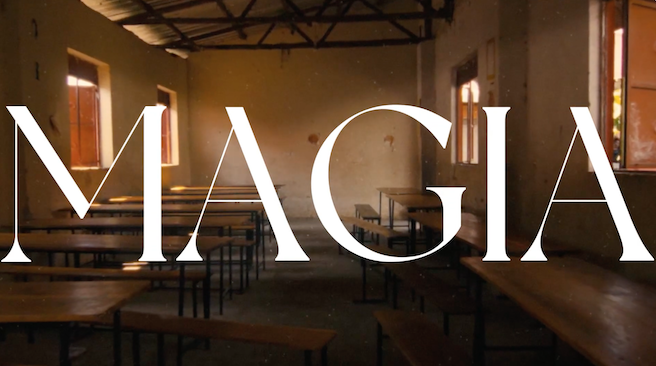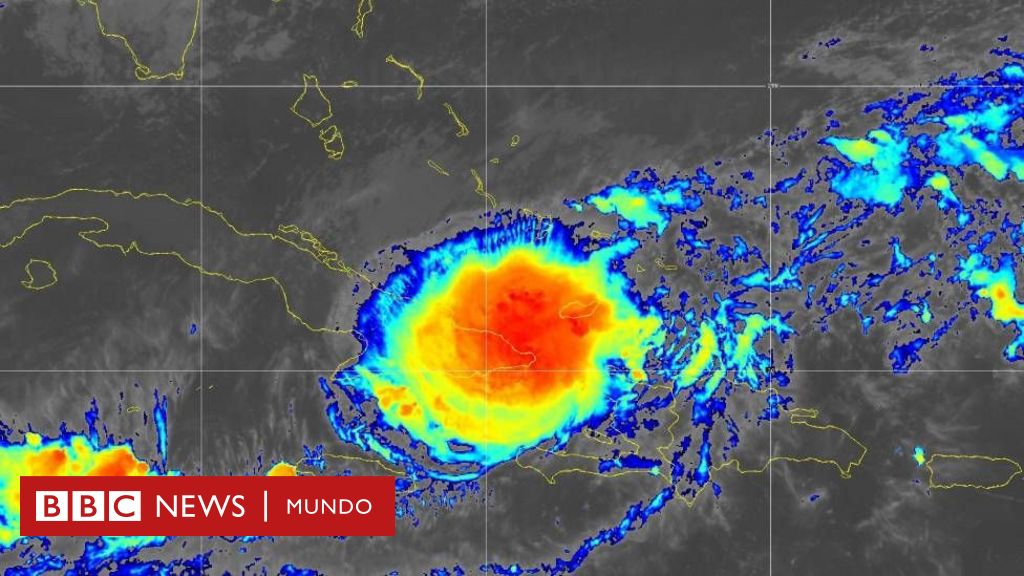Recession alerts are up
:quality(50)/cloudfront-us-east-1.images.arcpublishing.com/semana/4F4CVUOJPNGVJPVLYVMOD2SCNQ.jpg)
A day before the US government announced inflation for March, which reached 8.5 percent annually, the highest level since December 1981, many analysts were already envisioning the next dramatic scenario.
Michael Hartnett, head of investment strategy at Bank of America, warned that “The inflation shock is getting worse, the interest rate shock is just beginning, and the recession shock is looming.” According to CNN, the executive has ruled that inflation is “out of control” and “causing a recession.”
It wasn’t the only notice. Nathan Sheets, chief global economist at Citigroup Inc. and a former US Treasury and Federal Reserve official, for Bloomberg NewsThe “extremely dangerous” geopolitical and energy situation, along with the Federal Reserve’s plan to raise interest rates, should make the prospects of a recession “significant” in the next year and a half. His calculations establish a one in three chance of a global recession and a one in four chance of the United States.
Specifically, the increase in interest rates by the US Federal Reserve, which is setting the tone in the world, could be more aggressive. St. Louis Fed President James Bullard has proposed raising the interest rate by 75 basis points next month to 3.5 per cent. Although the markets are preparing for the Fed to follow the path of increasing interest rates at a higher speed and thus stopping rates, the danger is that it overreacts and puts the economy under control. In this scenario, The World Bank asserts that global growth will fall by about one percentage point (to 3.2% this year) due to the conflict between Russia and Ukraine, In addition to the slowdown in China as a result of strict restrictions and isolation to control a new outbreak of the Covid virus, which makes it difficult to achieve 5.5 percent growth this year for the Asian giant.
And Colombia?
Although the outlook for a global recession is maintained, the economic dynamics in Colombia is on a good path. In February, according to the Index of Economic Watch (ISE), it recorded a growth of 8.1 percent compared to the same month in 2021, when it declined by 3.2 percent annually.
This dynamic is recognized by international entities. While the World Bank confirmed that Latin America will grow by 2.3 percent this year, The entity considers Colombia to register a growth of 4.44 percent. In turn, the International Monetary Fund (IMF) has predicted that the Colombian economy will see an increase of more than 5.8% in 2022.
The country comes with a tailwind. The International Monetary Fund warned that “Colombia’s economic recovery in 2021 was one of the most dynamic in the region and is expected to maintain its momentum in 2022, driven by strong household consumption and the continued recovery of investment and exports.” According to an analysis by BBVA Research, the Colombian economy will withstand the shock caused by the conflict. Although the confrontation will have negative effects on both global growth and inflation, the rise in the prices of raw materials in the country will boost the sectors of mining, oil and related activities, such as transportation, energy production, refining, and other non-tradable branches. Economy, especially construction. In addition, Higher oil prices, as well as the combination of more dynamic economic activity, will improve Colombia’s fiscal closure and external accounts.
Despite this good outlook, the country faces many challenges. Inflation, as in the rest of the world, is still rampant. Added to this is the increase in interest rates, which will slow consumption and could make structured investment projects unviable in the midst of a more stable macro economy. Short term, Colombia has room to maneuver, but this must be ensured so that there is no delay next year. However, the biggest challenge is the electoral uncertainty of the tense and polarized process of the presidency.

“Award-winning zombie scholar. Music practitioner. Food expert. Troublemaker.”






:quality(75)/arc-anglerfish-arc2-prod-elcomercio.s3.amazonaws.com/public/ZQSWD7LR5BAWRKBOTV6M6QJ3CA.jpg)


